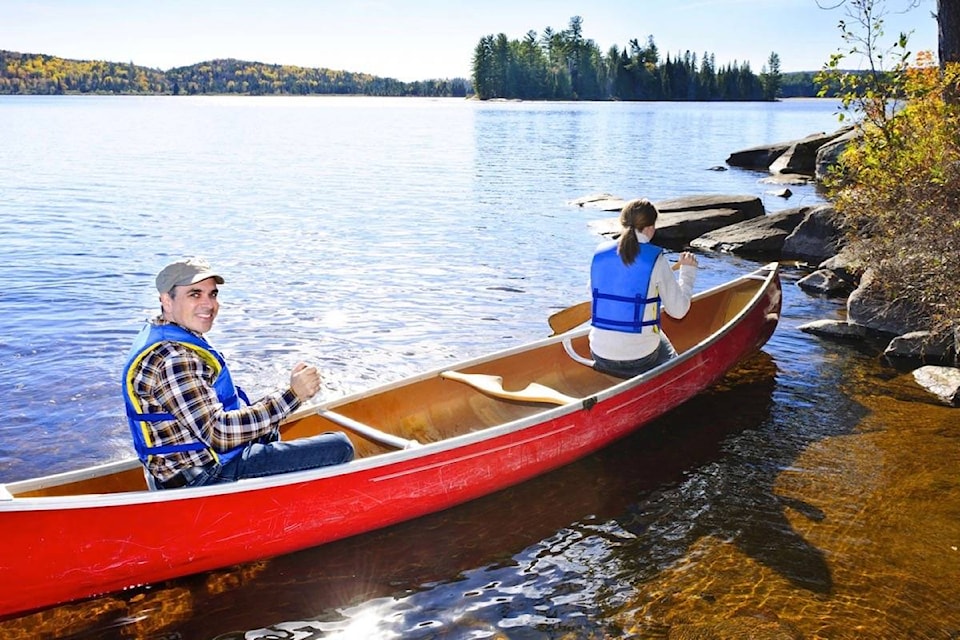With hot weather forecast for much of the province, Emergency Management BC and the BC Coroners Service urge residents and visitors to take extra care in and around rivers and lakes.
Boaters are asked to keep their wakes low to reduce shoreline and property damage, watch for floating debris, and keep some safety measures in mind while on the water.
Regional districts may have regulations in place for lakes; boaters are advised to check first before heading out.
For updated information on flood-affected areas, and tips to help plan your visit, please see: www.emergencyinfobc.gov.bc.ca
Here are some tips for boaters to ensure their safety and minimize damage:Wake height should be no more than 30 centimetres:
Large and heavier boats create damaging waves, even at low speeds, so extra caution is needed when cruising the lake. Keep in the centre, whenever possible.
Small and light boats should remain 300 metres from the shoreline, whenever possible, or travel in the centre of the lake when approaching shorelines. Travel under 10 kilometres per hour within 300 metres of the shoreline.
When operating at no-wake speed, trim the drive or outboard to allow the boat to proceed with smallest wake possible.
Watch for debris and submerged logs.
The most recent data available from the BC Coroners Service shows accidental drowning deaths tend to spike each summer, with the numbers beginning to increase in May and continuing to rise through August. A report for 2016 drowning fatalities shows a total of 47 accidental drownings, with more than one-third of those deaths occurring in the southern Interior region of B.C.
Here are some water-safety best practices to consider: All recreational boaters, including paddlers, should wear a properly fitted personal floatation device (PFD). Children, non-swimmers and weak swimmers should wear a PFD anytime they are in or near the water.
Visitors to B.C. should understand the possible dangers in or near B.C.’s lakes and rivers. These include sudden drop-offs into deep water; unexpected, underwater obstacles; and unstable or slippery rock edges above cliffs and waterfalls.
Avoid consuming alcohol when swimming, boating or performing any water-based activity. Impairment greatly increases the chances of an accidental drowning:
Be aware of the water conditions where you are planning your activities. Check the weather forecast before heading out, and also do a visual inspection of the area.
Never dive into unknown waters. Unexpectedly shallow water, or hidden obstacles underwater, can easily prove fatal.
Never swim alone. Always have a buddy and keep an eye out for each other.
Visit the Canadian Red Cross or the Lifesaving Society websites for water safety tips.
